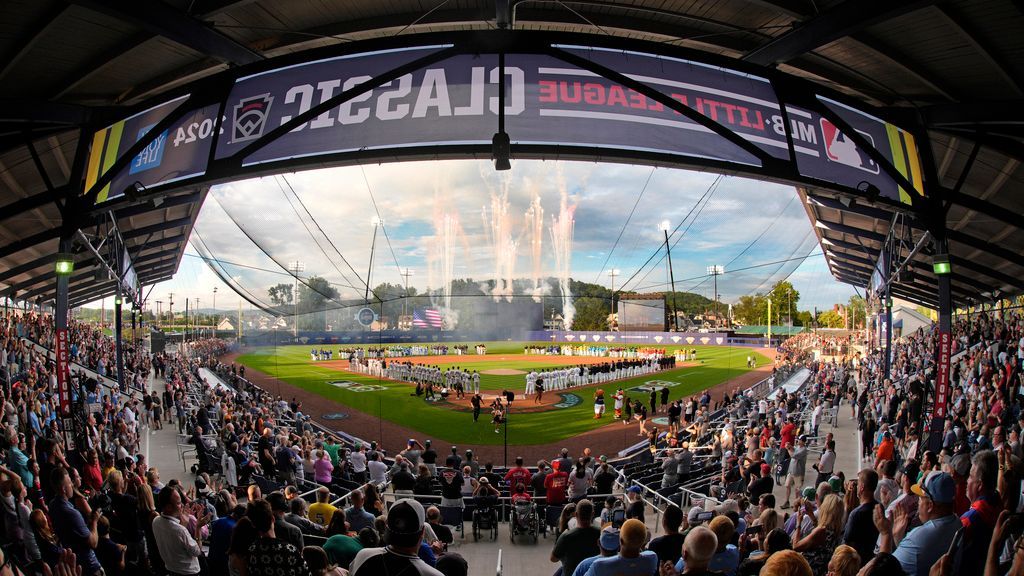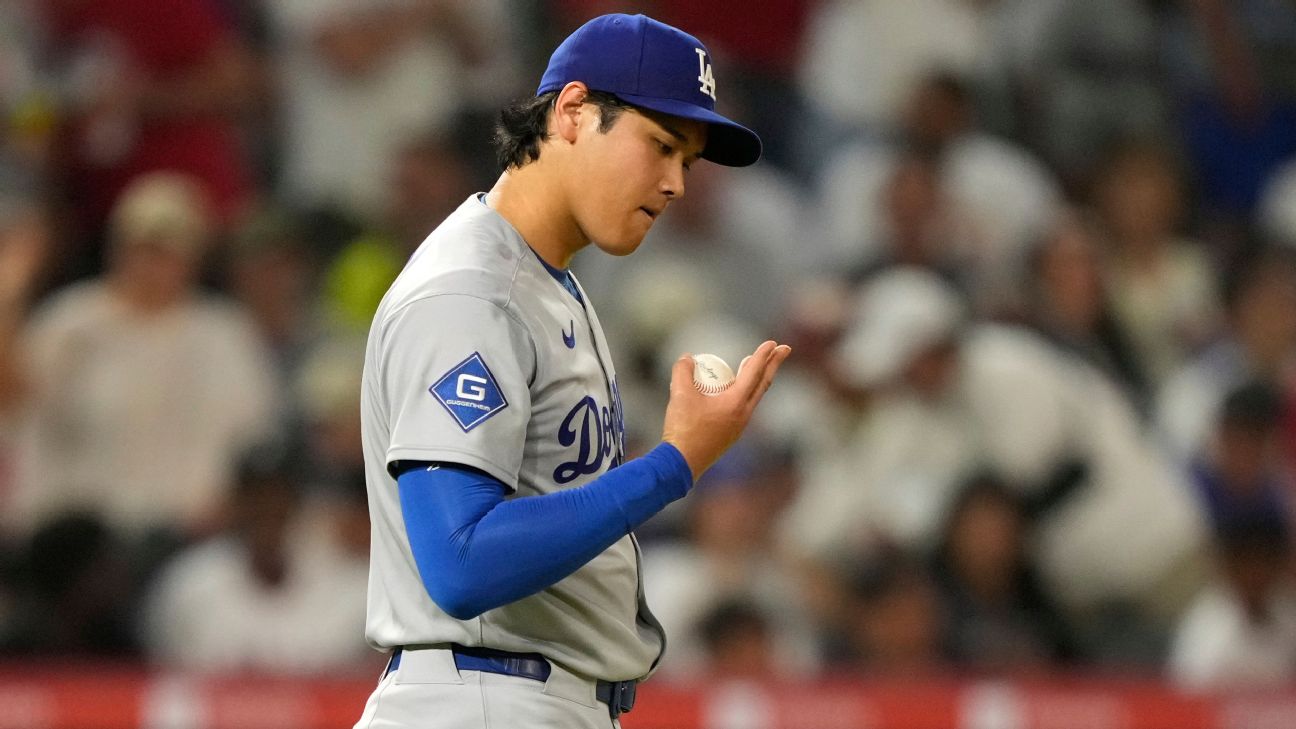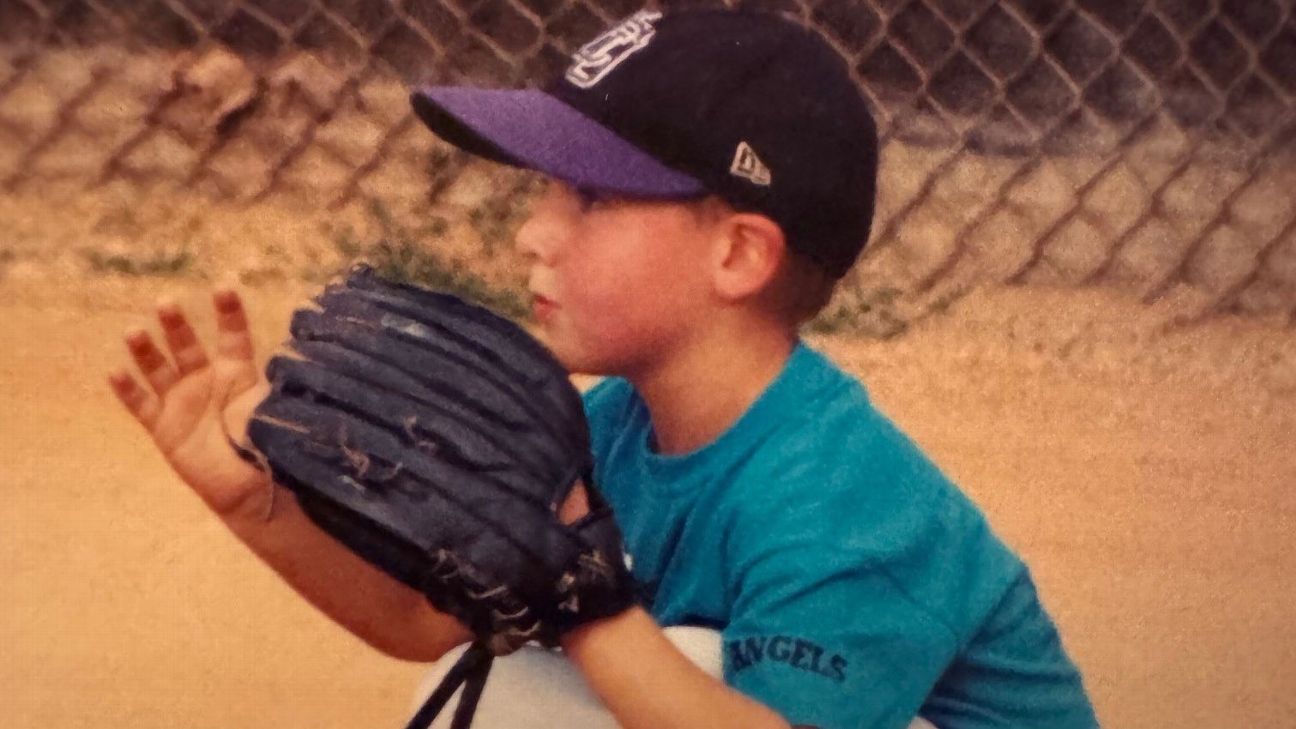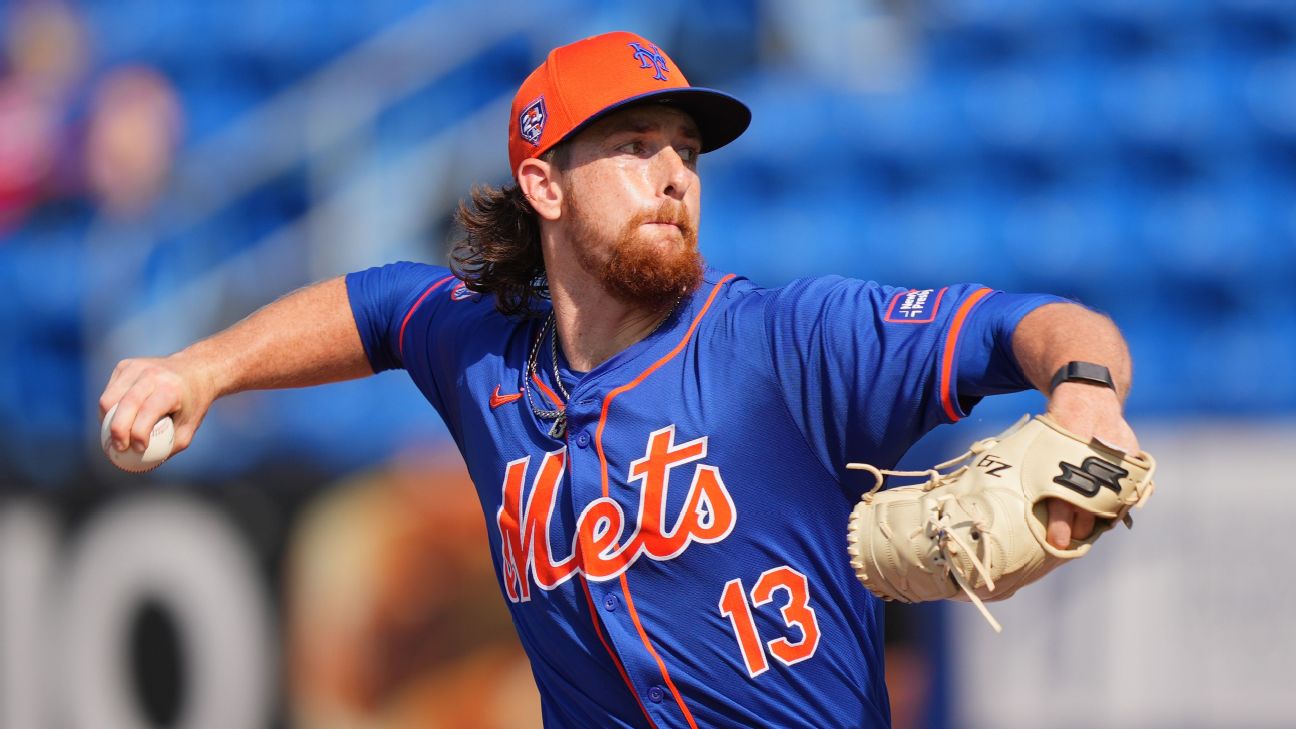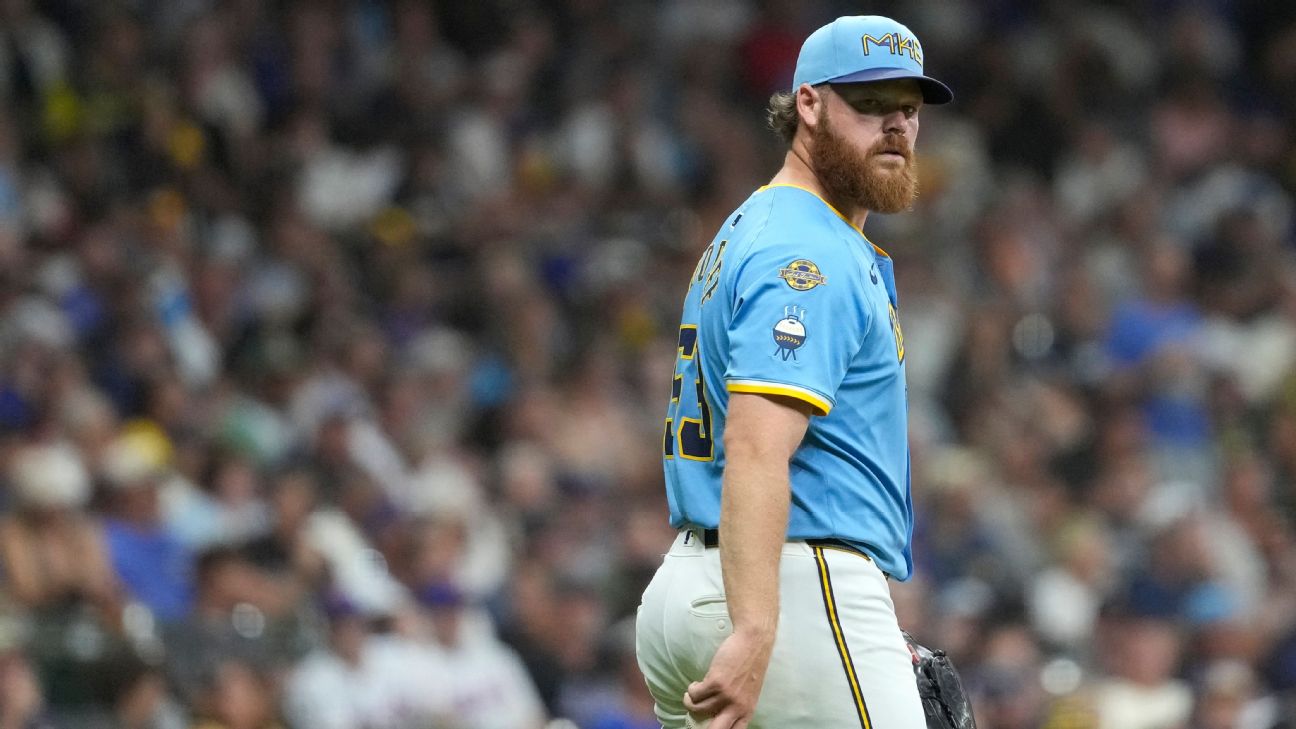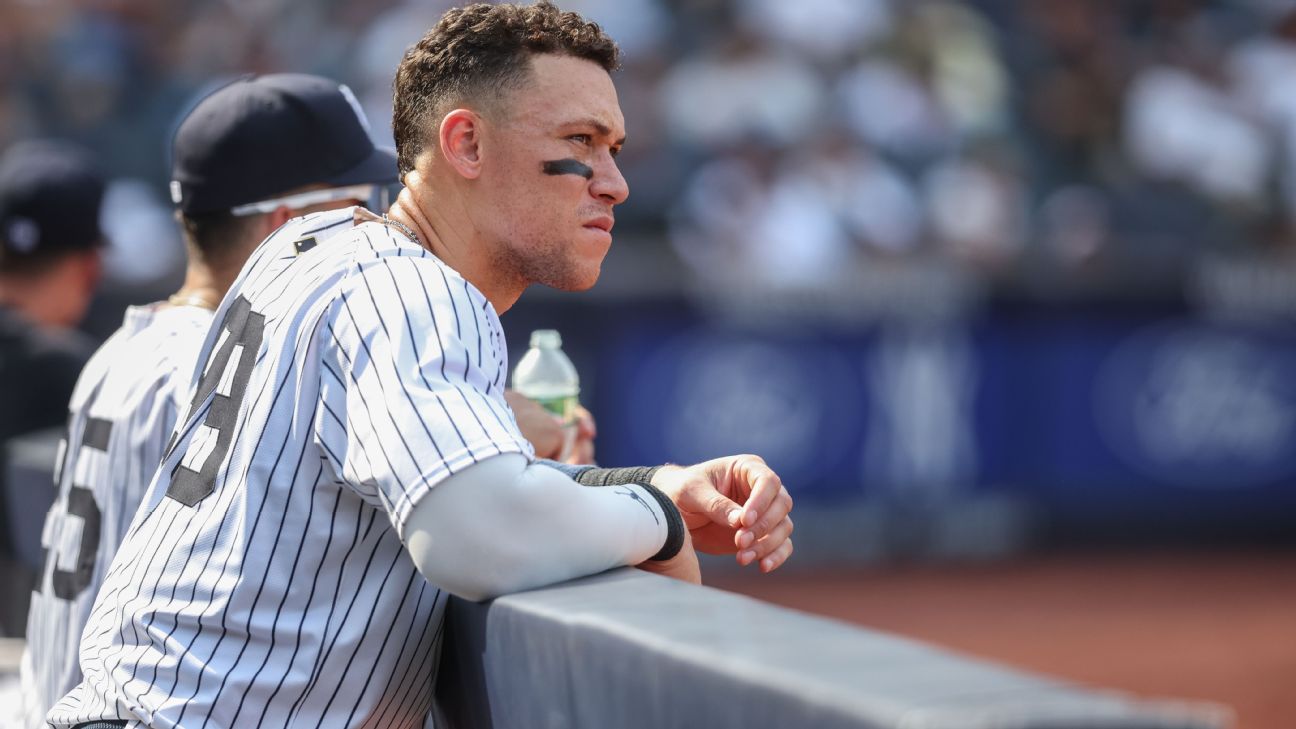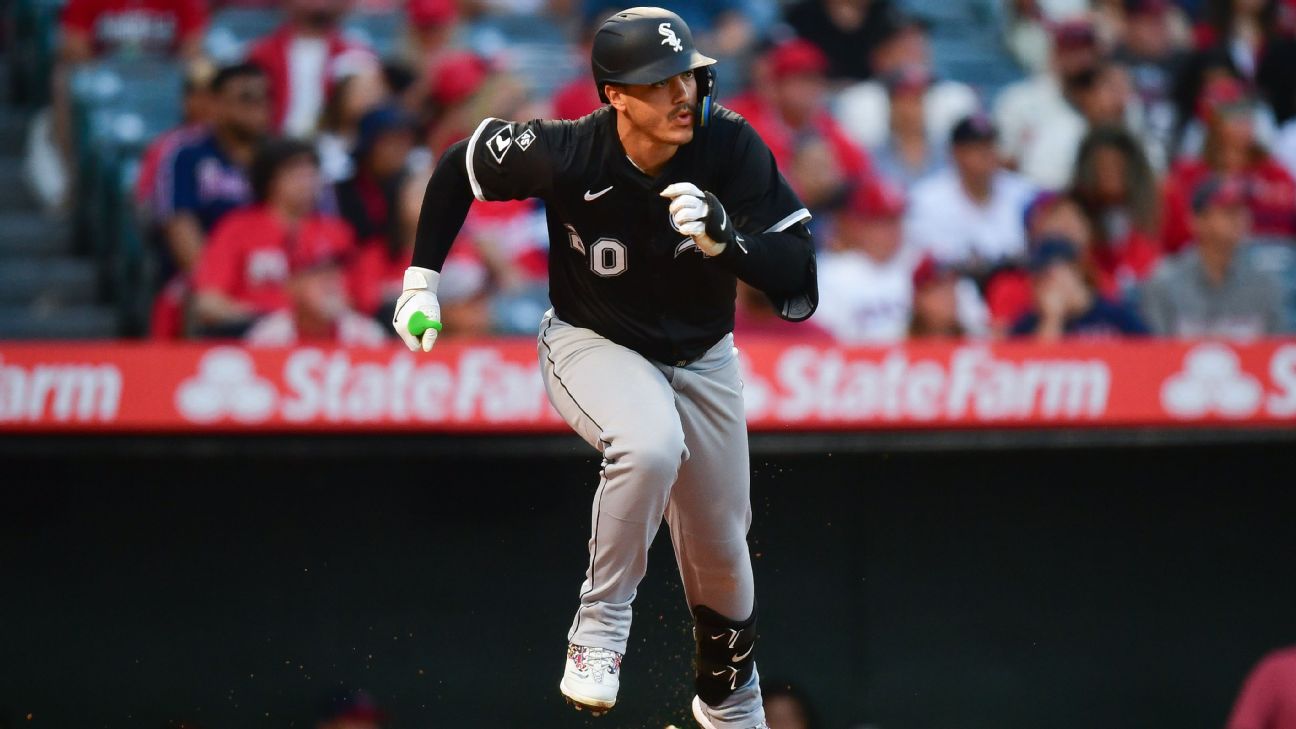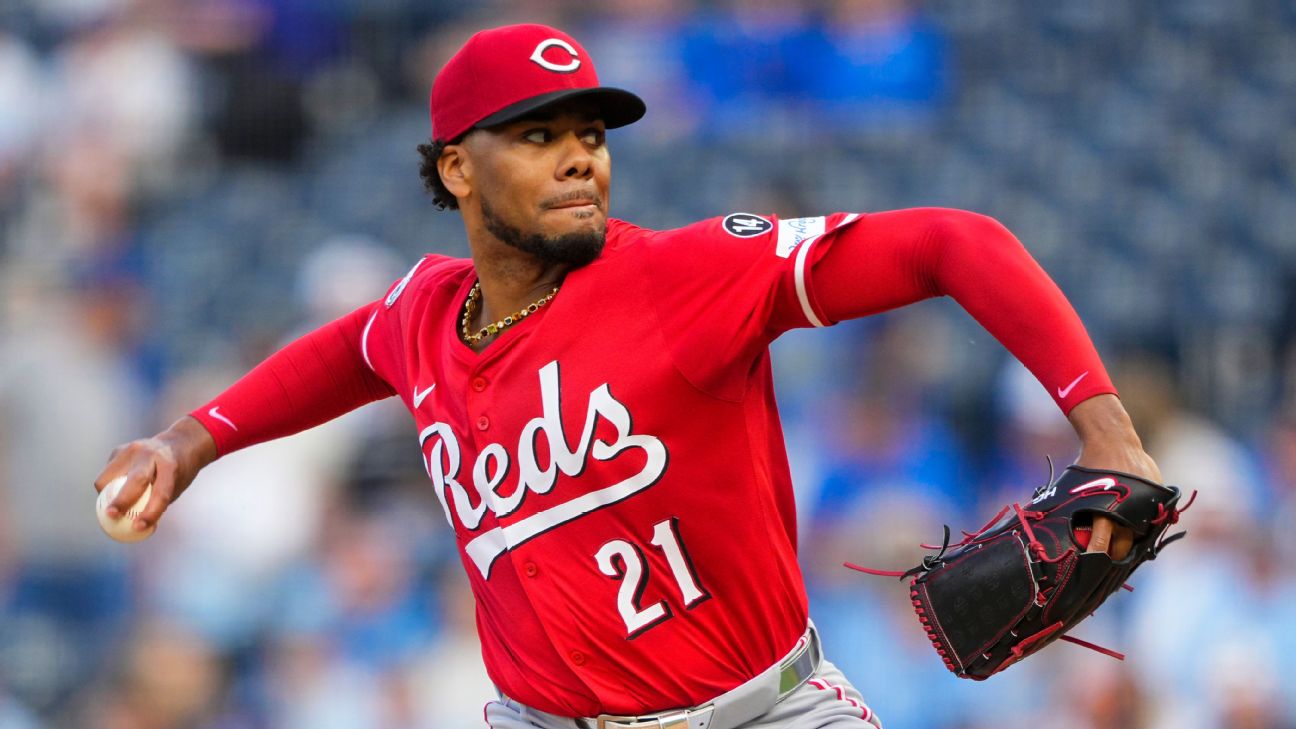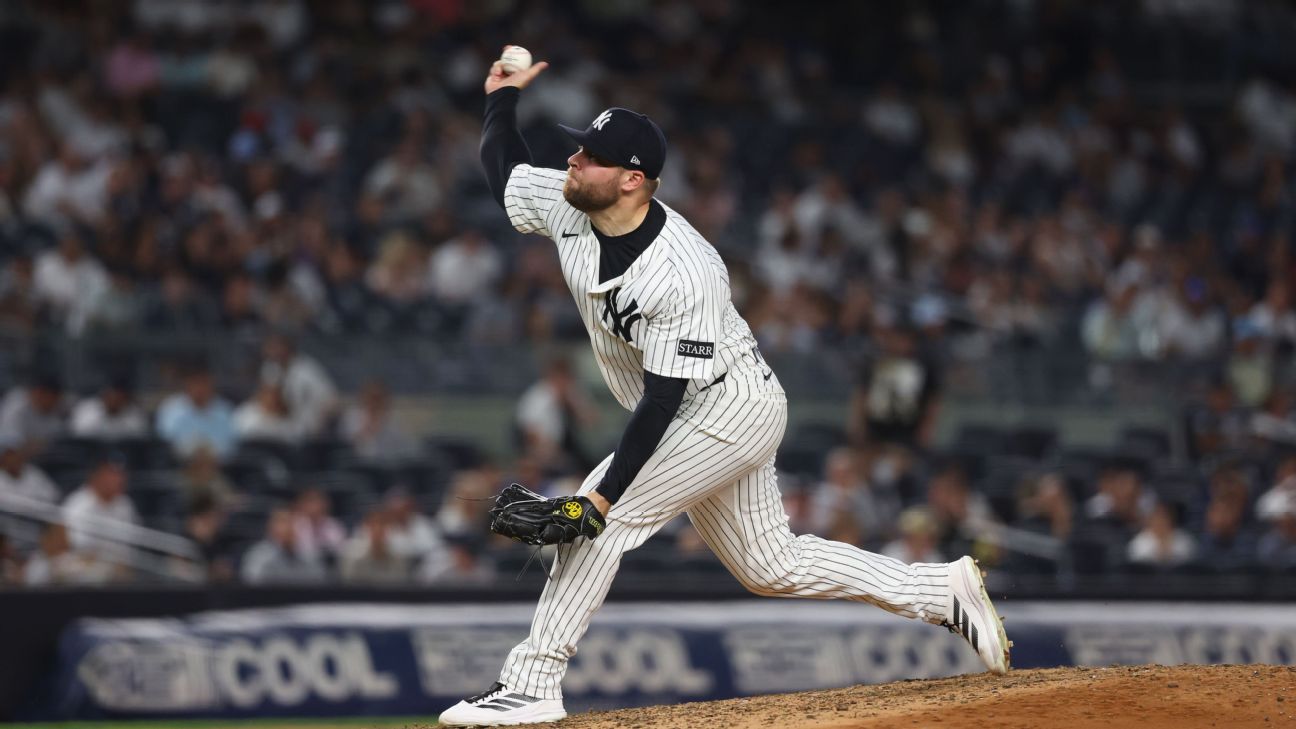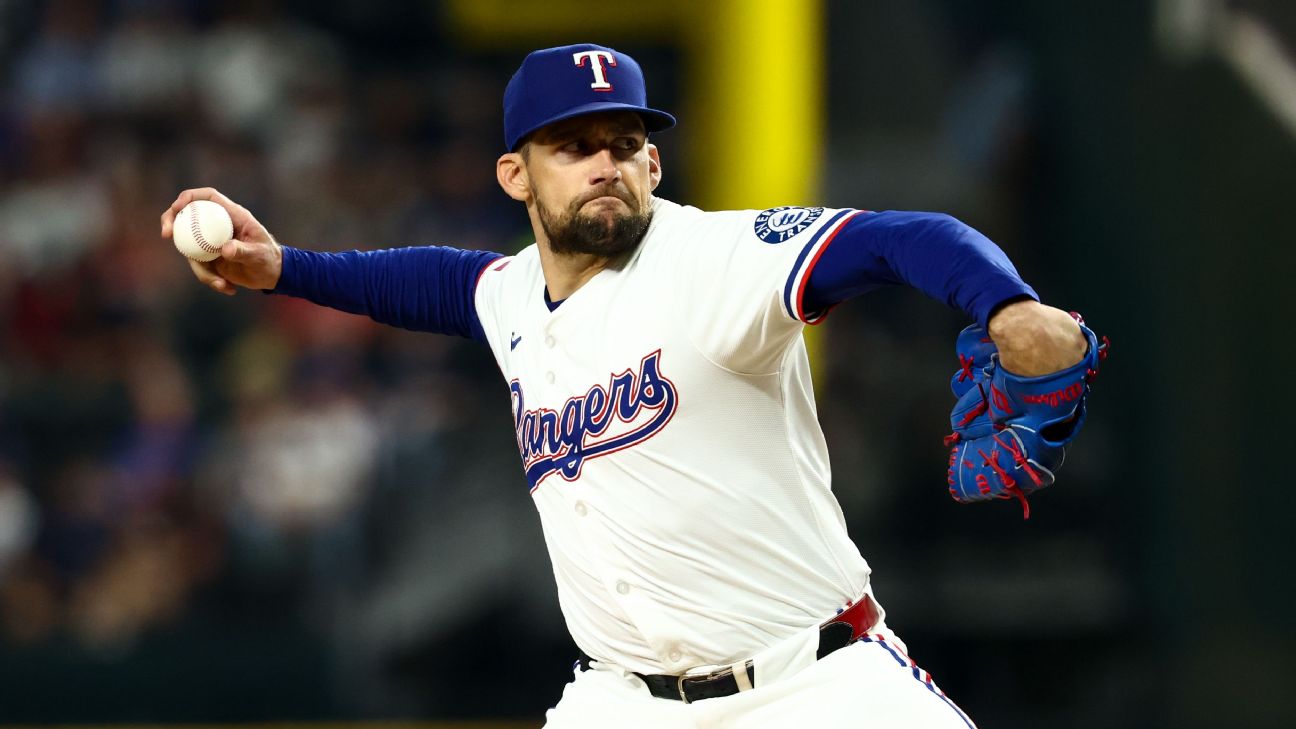Bobby Bonilla Day: A Unique MLB Tradition and the Economics of Deferred Payments
Explore the fascinating story behind Bobby Bonilla Day, the Mets' deferred payments, and how it compares to modern MLB contracts like Shohei Ohtani's deal.
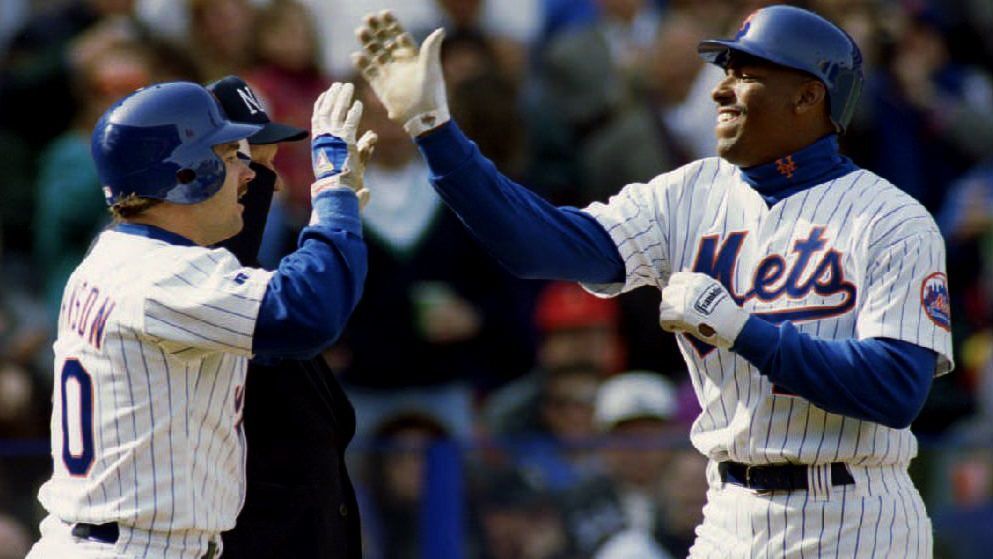
The Legacy of Bobby Bonilla Day
Every July 1st, New York Mets fans celebrate Bobby Bonilla Day, a unique tradition that highlights one of the most intriguing financial arrangements in Major League Baseball history. This year, 61-year-old Bobby Bonilla will receive his annual payment of $1,193,248.20 from the Mets, a practice that began in 2011 and will continue through 2035.
Why Does Bobby Bonilla Get Paid?
In 2000, the Mets agreed to buy out the remaining $5.9 million on Bonilla's contract. Instead of paying him upfront, they negotiated a deal to pay him $1.2 million annually over 25 years, starting in 2011, with an 8% interest rate. This arrangement was influenced by the Mets' investment in a Bernie Madoff account, which promised high returns but ultimately failed.
Deferred Payments in MLB
Bonilla's deal is not unique. Many MLB teams use deferred payments to manage their finances. Here are some notable examples:
- Bret Saberhagen: Receives $250,000 annually from the Mets for 25 years.
- Max Scherzer: Will receive $105 million from the Nationals through 2028.
- Manny Ramírez: Collects $24.2 million from the Red Sox through 2026.
- Chris Davis: Will receive $59 million from the Orioles over 15 years, starting in 2023.
Comparing Bonilla to Ohtani
The most significant deferred contract in recent years is Shohei Ohtani's deal with the Los Angeles Dodgers. Ohtani is paid $2 million annually during his 10-year contract, with $68 million deferred annually from 2034 to 2043. This structure allows the Dodgers more short-term flexibility while reducing their competitive balance tax burden.
Bonilla's Payment vs. 2025 MLB Salaries
Bonilla's annual payment exceeds the salaries of several young MLB stars in 2025, including:
- Pete Crow-Armstrong: $771,000
- James Wood: $764,600
- Paul Skenes: $875,000
- Riley Greene: $812,400
This comparison underscores the evolving salary structures in baseball and the enduring legacy of Bobby Bonilla Day.
Conclusion
Bobby Bonilla Day is more than just a quirky tradition; it’s a window into the complex financial strategies of MLB teams. As deferred payments continue to shape the league, Bonilla's deal remains a fascinating case study in sports economics.












